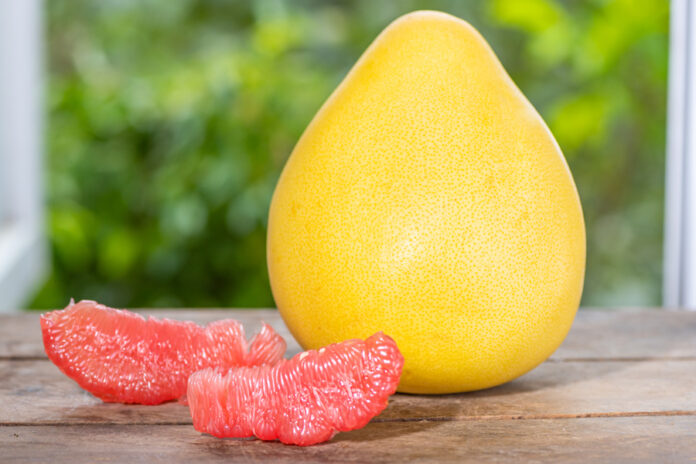On 11 December 2019, the intellectual property division of the Supreme People’s Court (SPC) published its anticipated decision on the plant variety rights (PVR) infringement case of Cai Xin Guang (appellant) v Guangzhou Runping Company Limited (defendant). This case raised the untested question whether PVR covers material harvested from propagating material offered for sale for final consumption.
The appellant is the holder of PVR in the pomelo variety San Hong. The appellant discovered that its variety was being extensively propagated and grown by farmers, and also that the defendant, trading as RT-Mart, was retailing fruit of the San Hong variety in its supermarkets on a large scale. The appellant chose to initiate action for PVR infringement directly against the defendant retailer, rather than against many small farmers across an extensive area, which would have been expensive and time consuming.
The Guangzhou Intellectual Property Court dismissed the appellant’s claim in March 2019. On 11 December 2019, the SPC dismissed the appeal. This was disappointing for breeders, who wanted to see PVR protection extended to the fruits of harvest, although regulations proposed this year include protection for harvested material.
However, the judgment significantly clarifies the scope of PVR in China, which is a welcome development for the industry. It also demonstrates a high level of commitment being brought to bear in providing judicial guidance for PVR in China – the panel of SPC judges engaged extensively with experts in coming to their decision, with the judgment undergoing 16 revisions.
The key question before the court was whether the San Hong pomelo fruit sold in the defendant’s supermarkets constituted “propagating material”, propagating material being the limits of the scope of protection under China’s current PVR regulations.
In reaching its decision, the court provided clarity on what constitutes “propagating material”, and thereby the scope of PVR in China. The court provided guidance on five points.
(1) How to determine what is “propagating material”. The court determined that in order to be the propagating material of a certain variety, in addition to being an item of propagating material as defined above, the material must satisfy the following conditions:
- Be living;
- Possess propagating ability; and
- Be able to propagate a plant that possesses the same traits and characteristics as the protected variety (i.e., propagate the variety true-to-type).
(2) Whether “propagating material” can be determined by the theory of totipotency. According to the theory of totipotency, the DNA sequence of a variety can be replicated outside the plant and used to propagate further plant material. However, the court held that in order to be the propagating material of a PVR protected plant variety, the material must be able to propagate the same traits and characteristics as the protected variety, in other words must be able to propagate that PVR protected variety true-to-type. The court concluded that simply declaring a variety to be propagating material based on totipotency does not accord with the legal requirements for PVR in China, and would result in the situation where all plant material, without distinction, is classified as propagating material.
(3) Whether harvested material is protected by PVR in China. The court noted the scope of the right in China is limited to propagating material, and that there is no concept of harvested material under the current scope of the right.
(4) If material can be both propagating and harvested material, how to determine whether there has been an infringement. Where material can be used as both propagating and harvested material, and the conduct involves sales, the court determined that the seller’s actual intention must be examined, that is, whether the seller’s intention is to sell the material as propagating or as harvested material. The court further determined that where a user counter-argues that their use was not an infringing act of “production”, the court is to examine what the conduct was in reality, that is, whether the harvested material would be directly used for consumption, or in the propagation of the variety.
(5) Whether growing propagating material of the variety without the rights holder’s permission constitutes infringement. Other than as determined by relevant laws and administration regulations, the court held that if propagating material of a protected variety is grown without the rights holder’s permission, this constitutes the infringing conduct of “producing” the protected variety.
You must be a
subscribersubscribersubscribersubscriber
to read this content, please
subscribesubscribesubscribesubscribe
today.
For group subscribers, please click here to access.
Interested in group subscription? Please contact us.






















